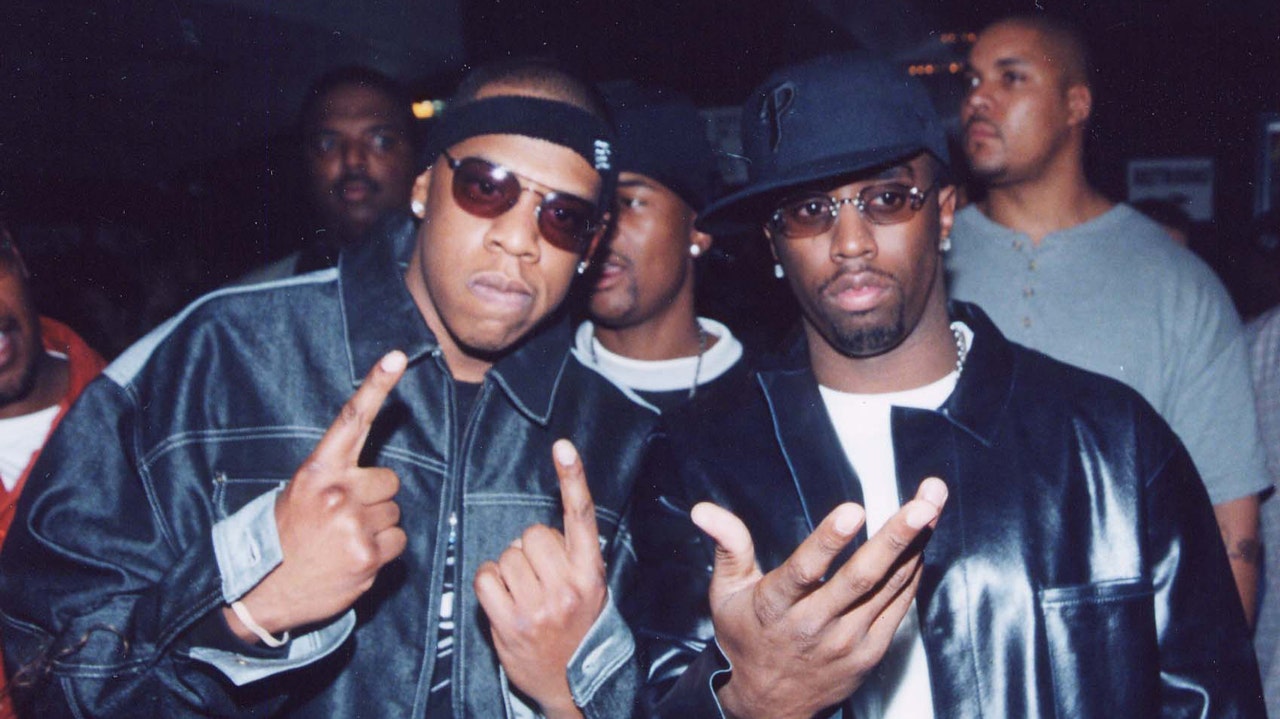The Road Ahead: Kamala Harris and Republican Strategies
As the air ripples with anticipation ahead of the next election, discussions about political strategies are buzzing like bees around a hive. NRCC Chairman Rep. Richard Hudson from North Carolina recently joined the hosts of "America’s Newsroom" to share his insights on the challenges facing Vice President Kamala Harris. With a keen focus on the impending November election, Hudson’s observations shed light on the larger narrative of the Republican Party’s efforts to flip blue districts red, particularly with the enlistment of what they term ‘young guns.’
The Landscape of Political Change
In recent years, political landscapes have shifted dramatically, with fervent debates unfolding across the nation. For young voters, who are increasingly disenchanted with traditional party politics, Hudson points out that the Republicans are strategically targeting these individuals. His assertion is clear: the Republican Party intends to entice a fresh generation of voters, possibly eroding the Democratic stronghold in districts previously thought impenetrable.
Timid whispers of a shift can be heard among the youth, echoing a desire for change, a sentiment that is reminiscent of the energy seen in past elections. As new voices rise in the political arena, the stakes seem higher than ever. This change is not just a tactical adjustment for Republicans; it’s about creating a dialogue that resonates with younger voters who hunger for honesty and transparency.
Harris’ Challenges: More than Just Numbers
Kamala Harris, the nation’s first female Vice President, holds a unique position, but her ascent hasn’t come without challenges. As Hudson suggests, she appears to be grappling with a distinct disconnect from younger constituents, who may feel distant from her narrative. The pressure is undeniably on her – to connect, to engage, and to inspire those who might otherwise sit out the election.
Amid the artifice of political campaigns and rally cries, her genuine moments can sometimes feel muddled by a cacophony of party allegiance and media scrutiny. Critics may assert that Harris’ path is laden with obstacles that require not just political savvy but personal connection. She must bridge the gap between policy discussions and the emotional realities faced by many Americans, particularly the youth grappling with issues such as climate change, income inequality, and social justice.
The Republicans’ Strategic Shift
The NRCC, under Hudson’s leadership, embodies a calculated approach toward rejuvenating the party’s image and outreach efforts. By aligning their message with the values that are meaningful to young citizens, they’re adjusting their campaign strategies. This includes honing in on financial responsibility, health care accessibility, and education reform – all while painting a stark contrast to the Democratic agenda.
The articulated vision is that of a party willing to evolve, an image that is as deliberate as it is necessary. By aiming to tap into issues that evoke deep emotional responses, the Republicans are not just seeking votes; they are vying for trust. In a world where skepticism of politicians runs high, authenticity becomes a powerful tool.
Emerging Alignments
Shifts in voter alignments often occur beneath the surface. The traditional boundaries of party loyalty seem to blur when values and priorities align more closely. Hudson’s remarks indicate that there may be a broader coalition forming as those who identify across a spectrum—libertarians, independents, and dissatisfied Democrats—search for a political home that resonates with their beliefs.
This evolving landscape is fertile ground for passionate discourse. Engagement in political conversations on social media platforms like Twitter and TikTok cultivates a new generation of voters who demand accountability and transparent dialogue. It’s a time defined by activism and a yearning for authenticity, elements that must not be overlooked by either party.
Looking Forward: A Country Divided Yet Engaged
As we approach the November elections, the stakes are high. The reality is that voters, especially the young and passionate, are more than just statistics; they are the living, breathing fabric that binds society together. Kamala Harris will undoubtedly face fierce competition, not just from fellow Democrats, but from a Republican establishment eager to make its mark.
In this complex tapestry of American politics, the conversation must continue—one that encourages diverse voices to rise and be heard. With each election cycle, we are reminded that democracy thrives on engagement, and perhaps, out of that engagement, a stronger nation can emerge. It’s less about winning or losing and more about participating in the grand narrative of our collective future. Election season is not just a contest; it’s an opportunity for voices to echo, for dreams to materialize, and for change to manifest in profound ways.












































